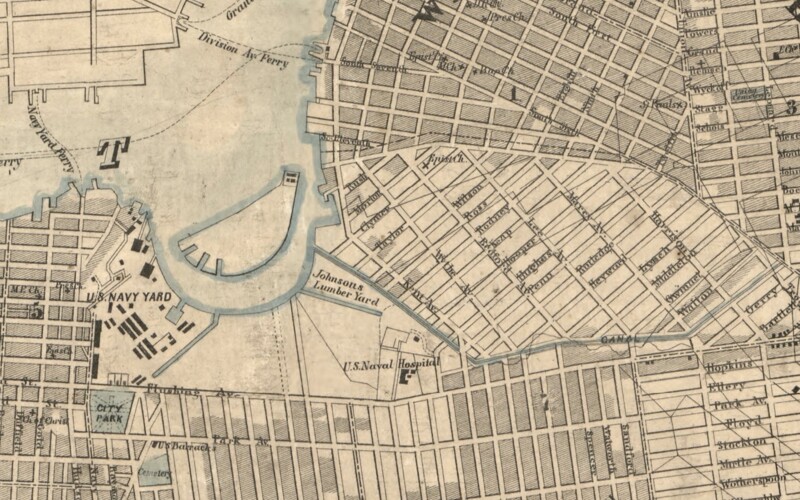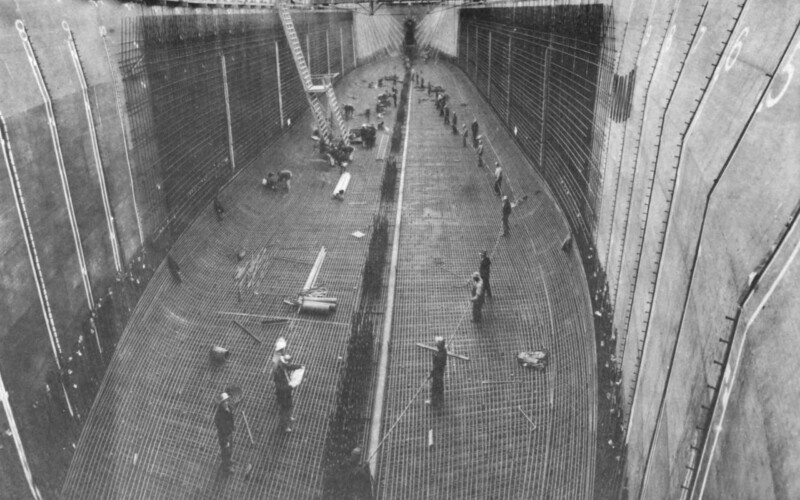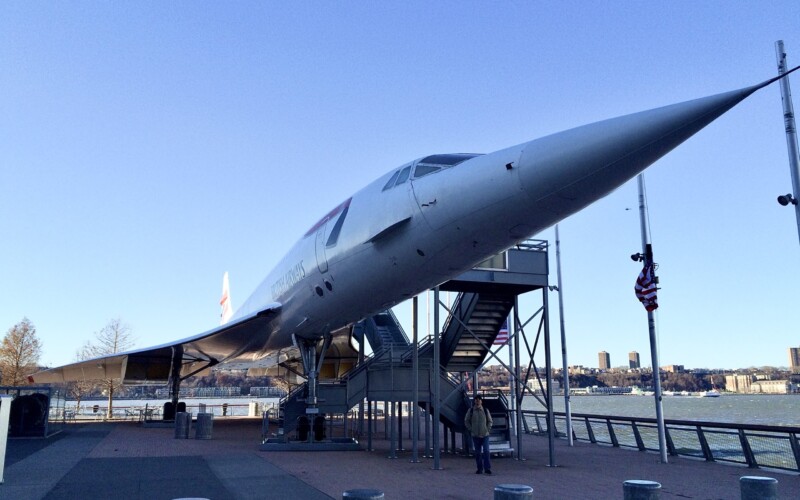We have experience hosting a range of audiences, from college classes to birthday parties to company outings, and we customize our tours to meet your group’s interests and needs.
Book a private tour today
While New York City sat at the nexus of many important canals built in the 19th century — the Erie, Morris, and Delaware & Raritan among them — the city …
Read more

In colonial New York, reliable power came from muscles (human and animal), firewood, and tides. From Spuyten Duyvil to Marine Park, Wallabout Bay to Flushing Bay, settlers turned many tidal …
Read more

Concrete may seem like an odd material for shipbuilding, but during World War I, severe shortages of steel led to this innovation. Devised by Norwegian immigrants the Fougner brothers, they …
Read more

Earlier this month, Boom Technology announced that United Airlines planned to purchase its Overture supersonic airliner, which they hope to bring into service by the end of the decade. If …
Read more

Join the Street Vendor Project, Queens Night Market, and Culinary Backstreets for a virtual event celebrating street food & culture in the most diverse community in the world. This virtual event will feature live …
Read more

Our good friend Jeff Orlick, who runs food tours in Queens, is working with the 82nd Street Partnership to organize a free festival in Elmhurst/Jackson Heights on Friday called Viva …
Read more
